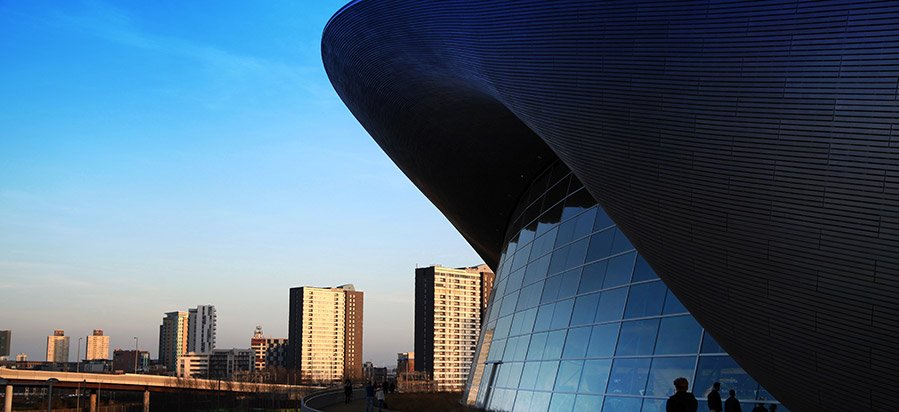As the name suggests, build to rent properties are purpose-built for renting. Typically they feature a single management company, all bills rolled into one monthly payment, and longer tenancies. In addition, there are often high-quality communal facilities on site – such as roof terraces and gyms – that all residents can enjoy.
As we highlighted in our recent article on property investment projections for 2019, the sector has seen massive growth in recent years and now accounts for nearly 20% of all UK households. Output increased by 49% in 2017/2018 to 4,000 units, a figure that is expected to rise to 10,000 units over the next two years.
Why has BtR sector experienced such rapid growth?
In short, because it can offer significant benefits for tenants, the government, developers, and investors alike.
More and more people are choosing to rent, with almost half of 25-34-year-olds now doing so, up from less than a quarter in 2002. The difficulty of getting on the property ladder, with the house-price-to-earnings ratio recently hitting 7.77 – the highest in the official time series going back to 2002 – is, of course, a major factor in this, but its not the only one. Research by Knight Frank found a variety of different motivations, including a desire to live in a better area, not wanting the responsibility of owning a home, and the flexibility renting affords.
BtR developments offer tenants a streamlined experience, a greater sense of community, and improved stability and security. Many schemes are located in key urban locations, close to local transport and amenities, making them very popular with young professionals.
For the UK government, the BtR sector provides a potential solution to the chronic housing shortage, with an estimated 300,000 new homes needed each year. Not only are BtR developments often bigger than those that are built to sell – as they typically require a minimum critical mass of about 200 units – but they are also delivered much quicker; the reason being that the risk of depressing prices by bringing a large number of units to market in one go is removed. This has led to a number of initiatives being put in place by the government to stimulate the sector, including a £10bn housing debt guarantee, favourable planning conditions and a £1bn build-to-rent development fund.
For developers and investors, they have the prospect of higher rents – due to the facilities and convenience they afford residents – steady income streams, and the government incentives outlined above.
As a result, the sector attracted £2.4bn in investment in 2017; Knight Frank predicts this will increase to £50bn by 2020 to cater for the estimated 6.75 million households living in rented accommodation by the end of the decade.
Notable developments
The best BtR schemes are located within walking distance of transport links, offer a premium community experience through onsite facilities like gyms and roof terraces, and cater for different modes of tenure – from young professionals to families. All of these attributes contribute to creating a future-proof development that attracts key demographics and encourages long-term tenancies.
The largest BtR scheme in the UK is East Village in Stratford, London. Originally built to house athletes for the 2012 Olympics, half of the 3,000 homes are now managed as rental properties by Get Living. Two-bedroom apartments here start at £1,870 per month.
Another significant development is Angel Gardens in Manchester, which opened this year. The development is located three minutes from Manchester Victoria and features nearly 500 units across 36 floors. Onsite amenities include a gym, cinema, resident lounges, co-working facilities, restaurants, shops and a multi-use roof terrace.
Investing in Build to Rent
Attracted by the steady incomes, large institutional investors – such as asset managers, pension funds and insurers – are putting substantial money into the BtR sector. Legal & General Investment Management, for instance, recently raised £1bn for BtR developments.


